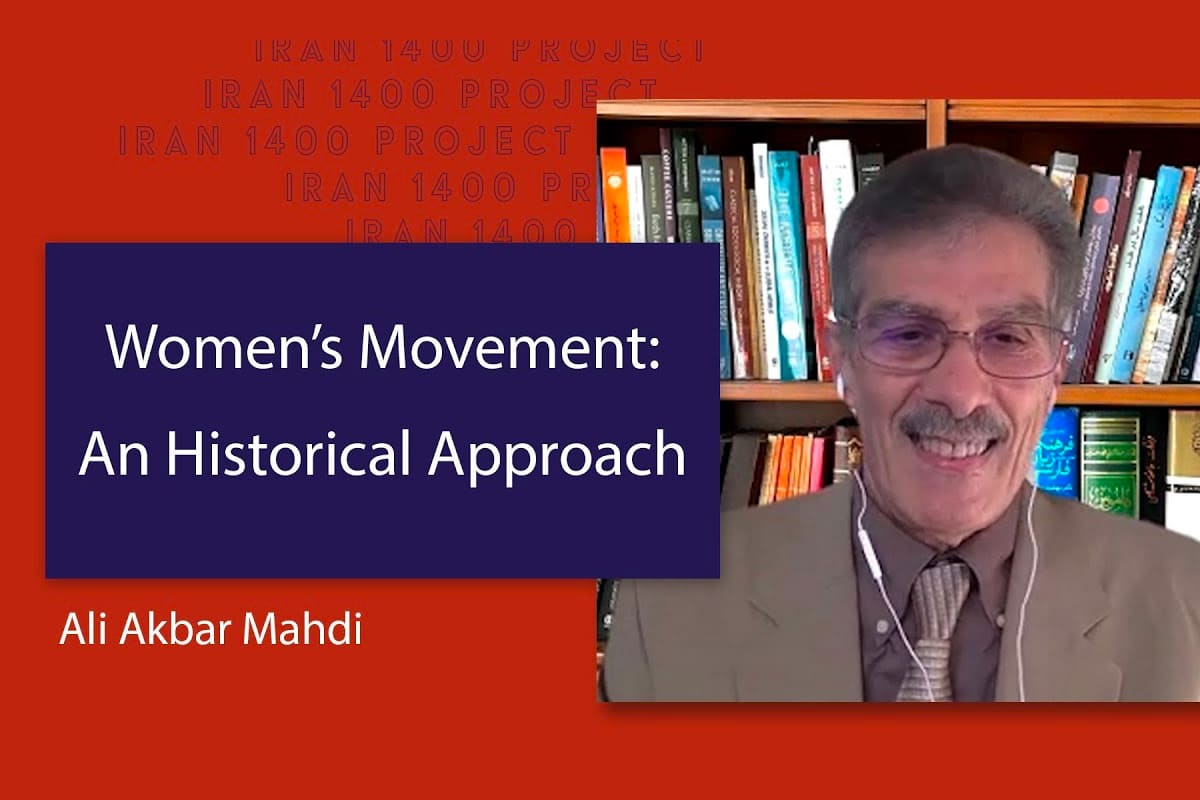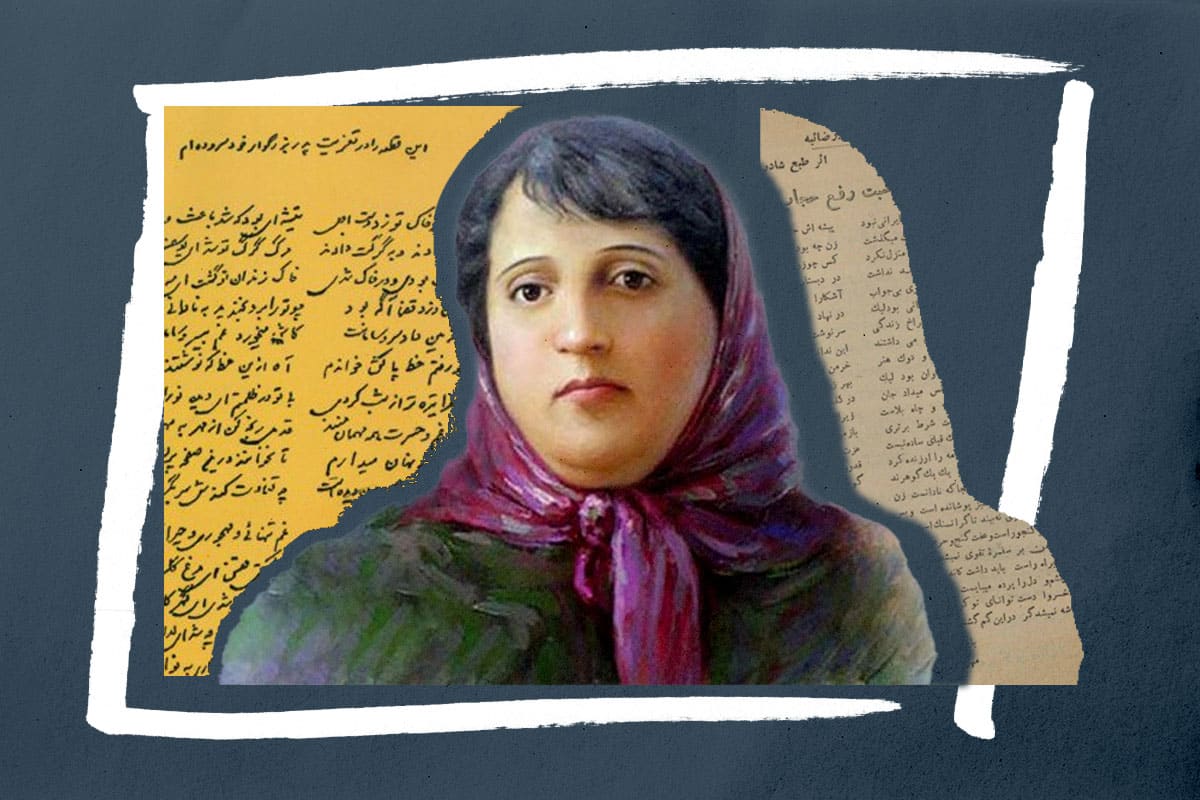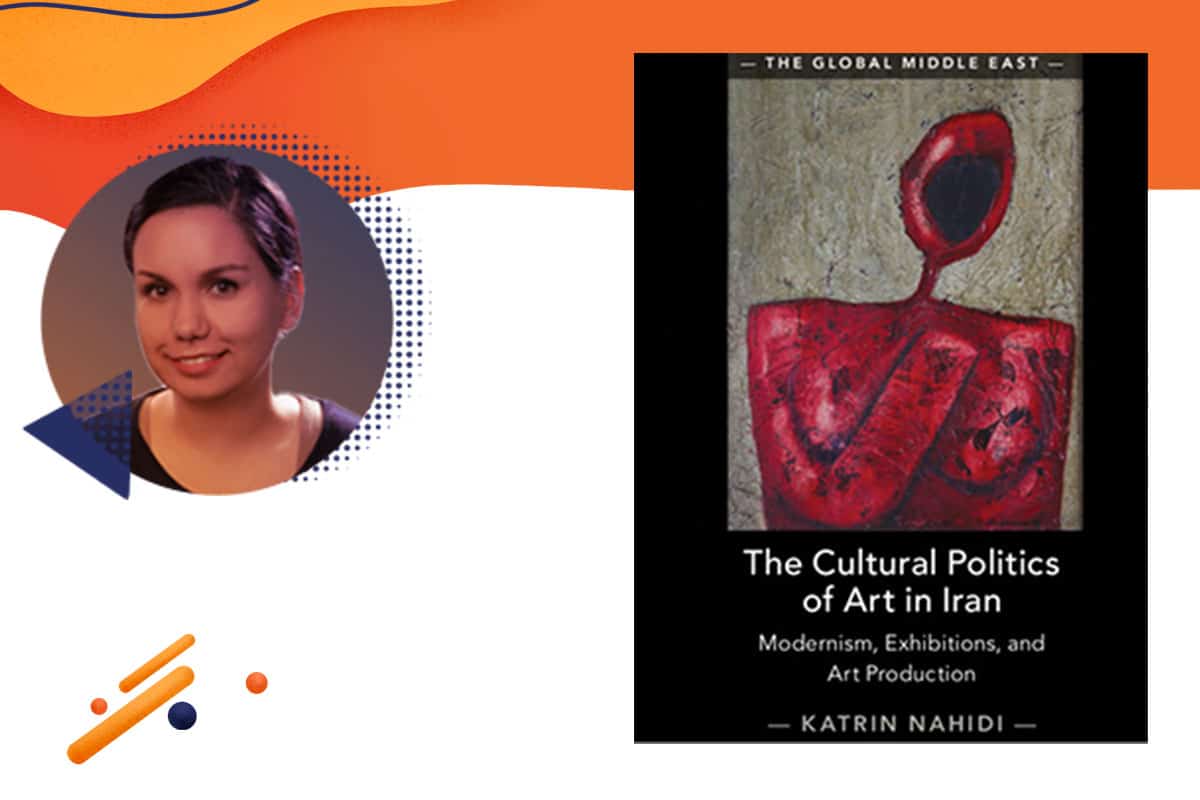Dr. Ali Akbar Mahdi in this interview with the Iran 1400 Project takes an historical approach to explain the emergence, evolution, and impact of women’s struggle for freedom and equality in modern Iran. He identifies the origins of the women’s movement and the pivotal moments in its struggle. Even as Dr. Mahdi describes the continuities of the women’s movement, he does not neglect to point out the characteristics of each pivotal moment or the most immediate demands of women at different periods in the last one hundred years. He recounts the main challenges women’s movements faced and how those movements responded to them. He shows as well how women’s priorities and demands changed from the Constitutional Revolution, through the Pahlavi dynasty, to the Islamic Republic and how the state in each of these eras responded to those demands. Clear and direct in addressing these issues, Dr. Mahdi’s discussion helps the reader to understand the one-hundred-year arc of the women’s movement in Iran and challenges us to consider its future.
-
Ali Akbar Mahdihttps://iran1400.org/author/ali-akbar-mahdi/
-
Ali Akbar Mahdihttps://iran1400.org/author/ali-akbar-mahdi/





